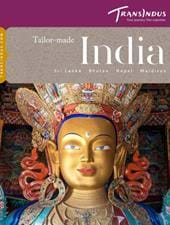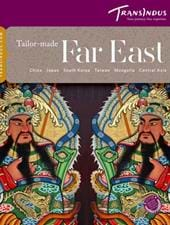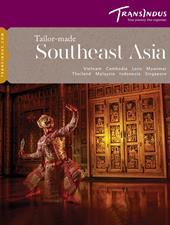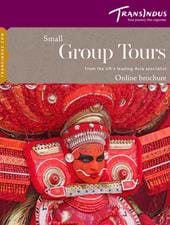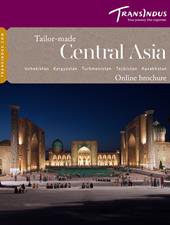Seoul, a megalopolis of over 10 million people, feels like a city on a mission. Modernity is undoubtedly the capital’s keynote, but recent years have seen efforts to reconnect with its underlying natural landscape and history: the Cheonggye stream bisecting the skyscraper zone downtown has been uncovered to create a delightful green artery, while numerous medieval monuments have seen a well-deserved facelift, among them the building designated as National Treasure Number One: the Namdaemun Gate, a grandiose vestige of the 14th century Joseon dynasty.
Elsewhere, Seoul offers a fabulous choice of places to shop and eat. A great way to experience the capital’s quirky cuisine is to join our ‘Foodies’ tour’ of the city, where you’ll get a chance to sample such delights as crispy mung bean pancakes and orange teokbokki rice cakes, bibimbap (rice topped with sautéed vegetables and fermented soybean paste), and the tastiest local kimchi – the quintessential Korean snack.
Palaces & Museums: The Joseon dynasty was also responsible for one of Seoul’s other must-sees, Changdeokgung (‘Palace of Illustrious Virtue’) whose graceful apartments, dating from the 15th and 16th centuries, hold displays of priceless Korean antiques. Descendants of the royals still live in buildings to the rear of the complex, where a secret garden, the Biwon, centres on an octagonal poolside pavilion from where you can gaze over the curvy rooftops and cypress trees to distant Namsan Hill.
Across town, the Gyeongbokgung (‘Palace of Shining Happiness’) is the oldest and largest palace in Seoul. It served as the Taejo’s principal residence until 1592 and retains beautifully well-preserved audience halls, gateways and paved courtyards where soldiers in flowing robes and curious false beards perform a changing of the guard ceremony each day.
The National Palace Museum, located in the Gyeongbokgung, gathers the finest treasures from all three of Seoul’s Joseon-era palaces. Among its highlights are the elaborately gilded and embroidered hanbok robes worn by successive generations of Korean kings.
Old Seoul: Bukchon Hanok village, standing at a delightful counterpoint to the high-rise skyline, the district of Bukchon in central Seoul is one of the last residential quarters of the Joseon era. This is where high-ranking civil servants and nobility lived in centuries past, and around 600 old Hanok houses, with their traditional curvy roofs and patterned walls, flank the neighbourhood’s atmospheric cobbled lanes.
Insadong
Insadong is focused on a central pedestrianized street. This lively district in the city’s heart is renowned as the crucible of traditional Korean arts, crafts and antiques, such as fine Goryeo-style celadon ceramics, Hanji paper lanterns, calligraphy and embroidery. Half of the country’s art galleries are also located here, as well as some atmospheric old tea houses – or Chatjip – where you can enjoy old-style sticky rice cakes accompanied by a pot of refreshing quince tea or Sujeonggwa, a kind of spiced, non-alcoholic fruit punch.

